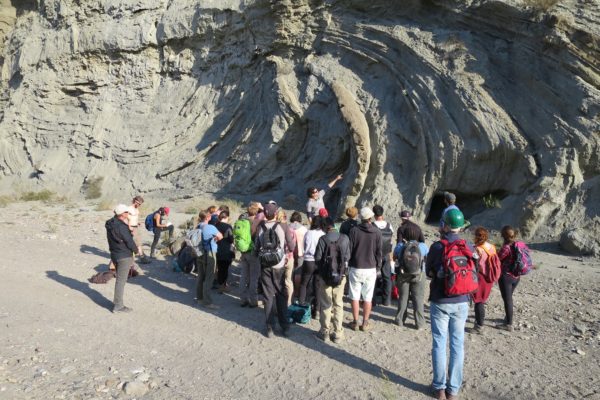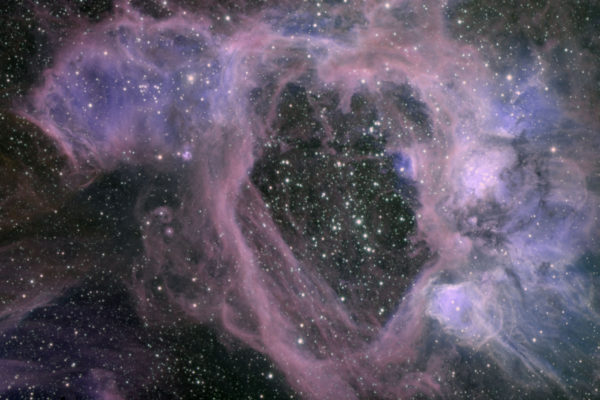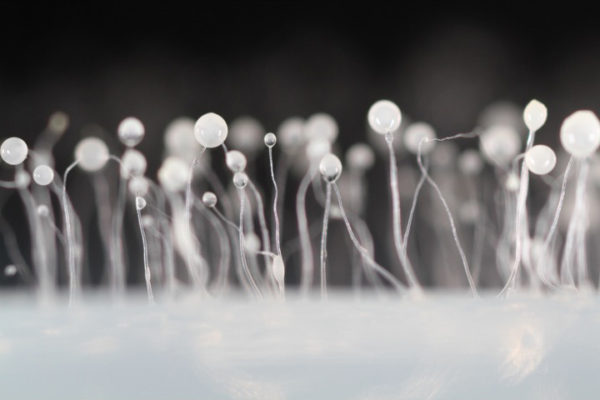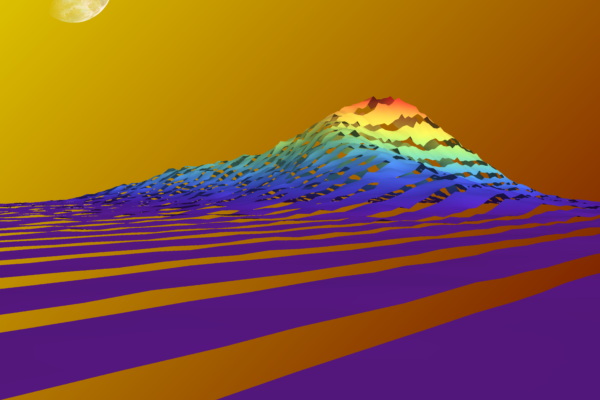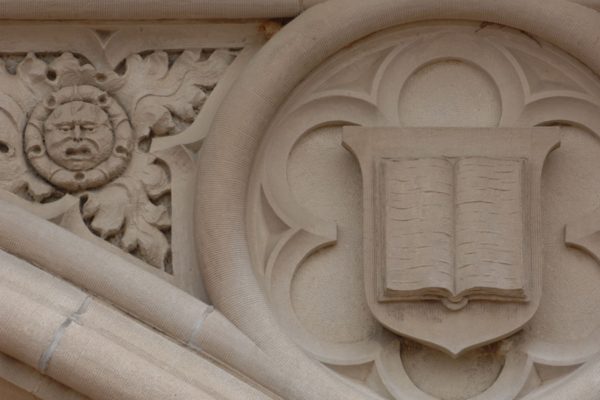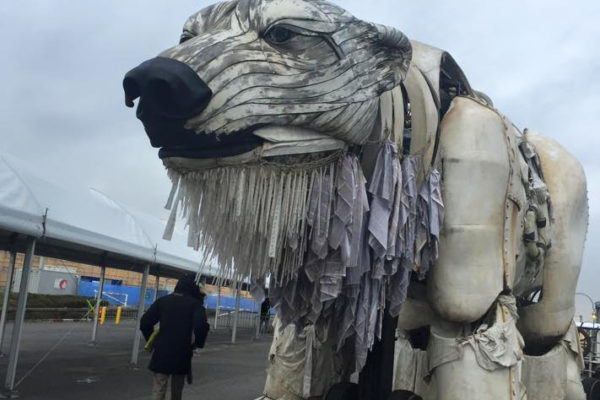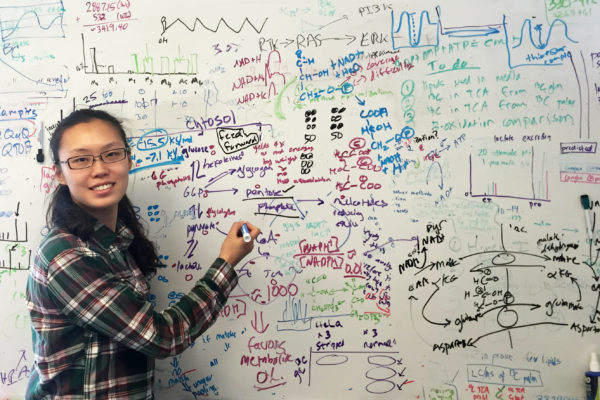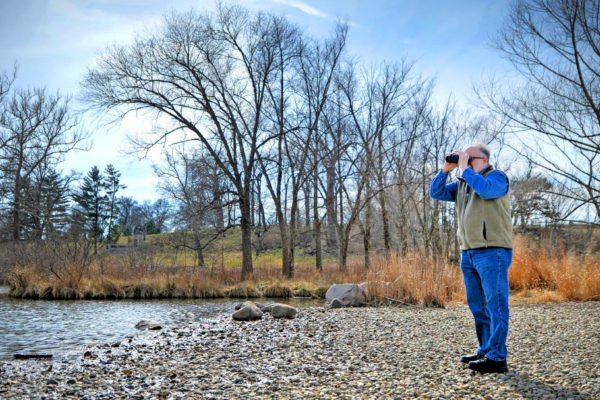Multicultural geology
This spring, theory-heavy Washington University in St. Louis geology students went on a field trip to southeastern Spain with field-trained students from Trinity College, Dublin. What they learned from each other transcended earth — and time.
Why is radioactive iron raining down on us?
Most of the galactic cosmic rays reaching Earth come from nearby clusters of massive stars, according to new observations from NASA’s ACE spacecraft. The distance between the cosmic rays’ point of origin and Earth is limited by the survival of a radioactive isotope of iron, Fe-60, which has a half life of 2.6 million years. These tiny clocks indicate there was a source within spitting distance of Earth within the past few million years.
Farming amoebae carry around detoxifying food
The social amoeba Dictyostelium discoideum can farm symbiotic bacteria for food by carrying them from generation to generation. New research shows that these bacteria can also protect the amoeba from environmental toxins.
Research as Art, take two
The earth and planetary sciences and physics communities at Washington University gathered April 15 for the second annual Research as Art competition, a chance to consider their research from an aesthetic as well as a scientific point of view.
Two juniors win Goldwater scholarships
Two juniors at Washington University in St. Louis have been awarded the Barry M. Goldwater Scholarship for the 2016-17 academic year. They are Trevor J. Krolak, a biology and neuroscience major, and Krishna S. Paranandi, who is majoring in molecular biology and biochemistry, all in Arts & Sciences.
Climate change: Are we there yet?
The six Washington University students who went to the Conference of the Parties (COP21) climate negotiations in Paris are well prepared, resilient, tough-minded and in this fight for the duration.
Addision selected for UCLA Senior Fellows Program
Aaron Addison, director of scholarly services at University Libraries, has been selected to participate in the 2016 UCLA Senior Fellows Program. The program allows fellows to consider new approaches to issues confronting academic institutions and their libraries.
Winning website maps hazardous waste
A website designed by a Washington University in St. Louis team led by Amanda Koltz, a postdoctoral research associate in biology in Arts & Sciences, was a finalist in the Climate Change and Environmental Exposures Challenge, the National Institute of Environmental Health Sciences announced.
Challenging an old idea
For more than 80 years, scientists have thought that cancer cells fuel their explosive growth by soaking up glucose from the blood, using its energy and atoms to crank out duplicate sets of cellular components. But is this really true? Work in a metabolomics laboratory at Washington University in St. Louis suggests not.
Migratory birds: Hidden in plain sight
Our experience of the world differs radically from one person to another. Some people are plant blind and others recognize plants at a glance. Some are not aware of the background music at the grocery store and others know which piece it is and who is playing it. And most of us walk blindly through the campus quadrangles seeing only one another, but a few of us see the other creatures as well, such as the songbirds that are resting for a day or two before resuming their migrations.
View More Stories
